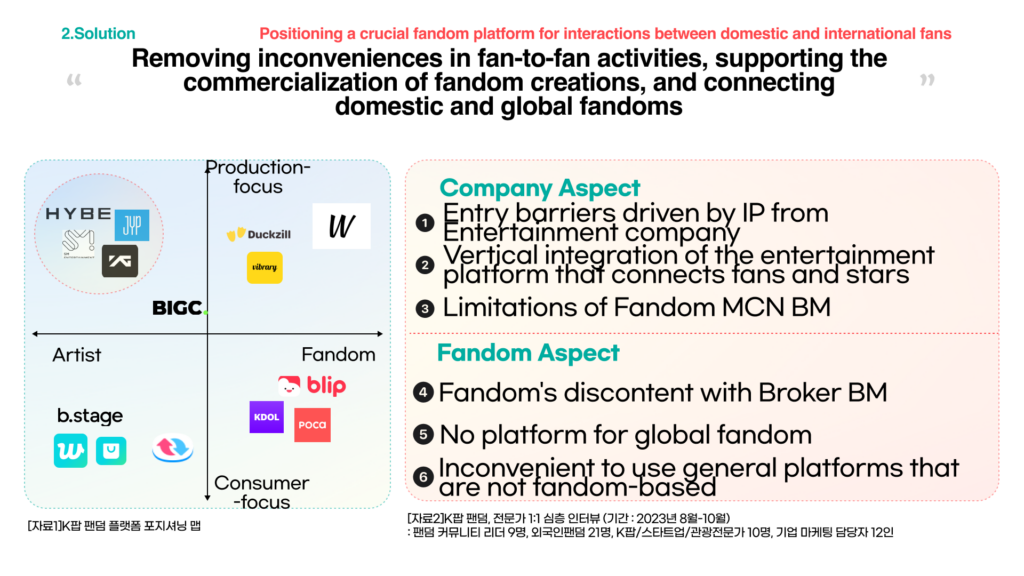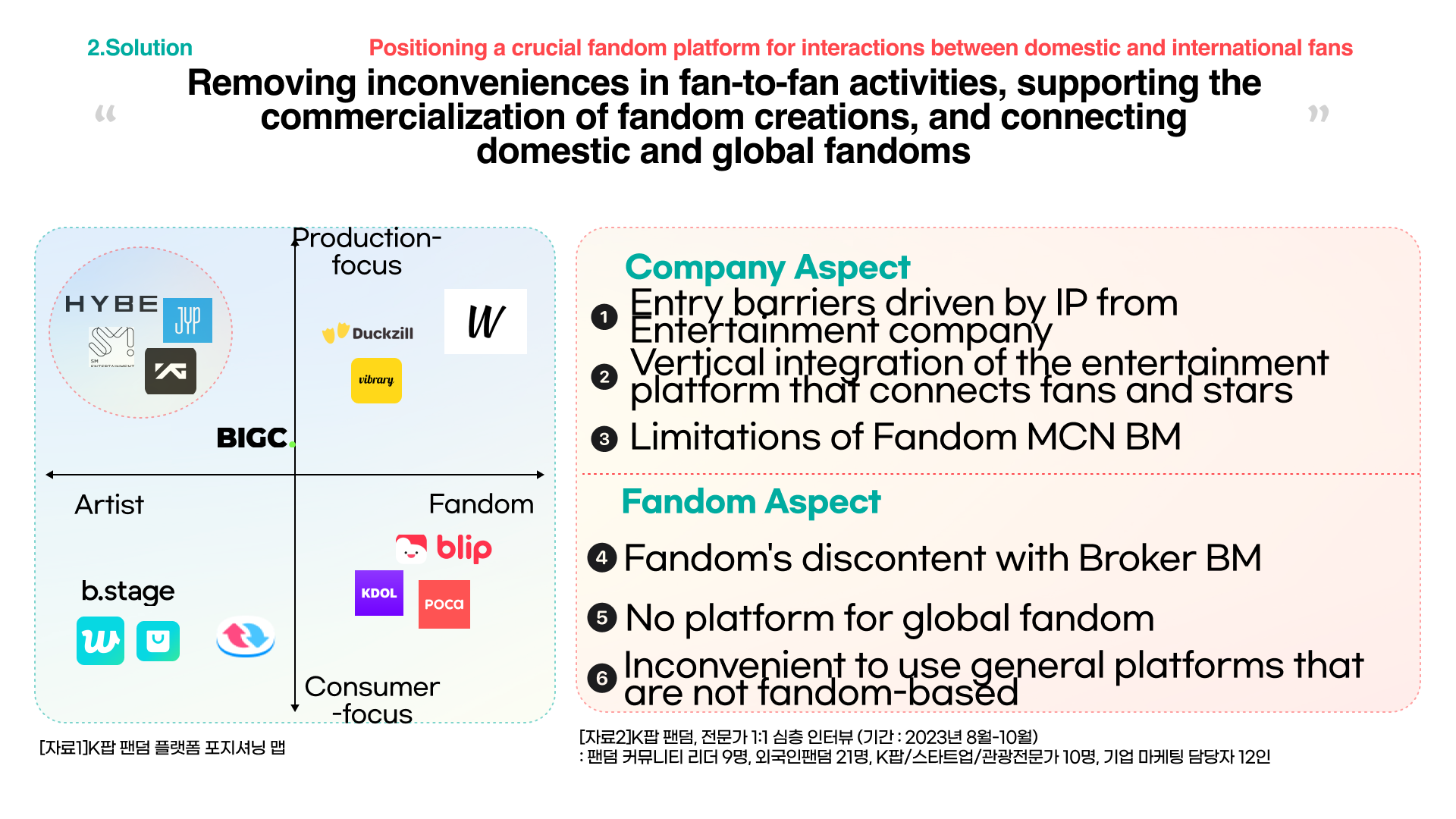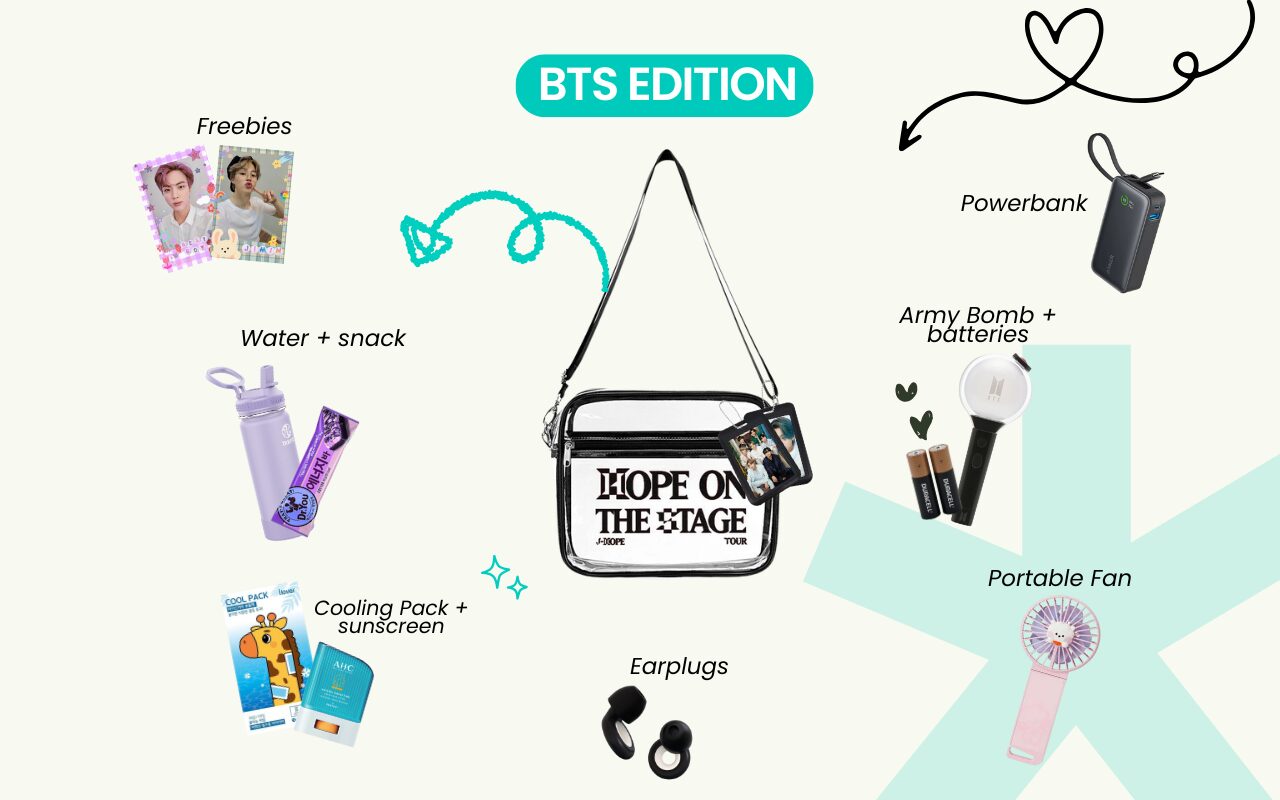K-pop fandom platforms can be divided into platforms led by entertainment companies, such as Weverse and Bubble, and areas that startups are challenging.
Large game companies have also launched similar fandom platforms, but the reality is that they are being pushed out by competition from entertainment companies’ fandom platforms.
Fandom platforms led by entertainment companies have the advantage of allowing fans and stars to directly connect and communicate, but fans’ spending is increasing even more.
Startups, which have to draw a J-curve with initial investment, are trying to grow by challenging the market with new business models, but they have not been able to secure a clear profit market between the upstream and downstream industries led by entertainment companies.
In addition, as Weverse (HIVE), which owns IPs and artists, progresses to vertical integration, it is becoming more difficult to respond.
Start-up fandom platforms provide various services as BMs such as C2C, MCN, and brokers, but it is not easy to gain a great response from fans or make a lot of profit.
According to the Korea Culture and Tourism Institute: Research on Fandom-Based Responses in the Content Industry, they are being criticized for demanding additional expenses just like entertainment companies, and it is not easy to find companies that are making large profits when looking at their financial statements.
In this situation, the reality is that fans still call themselves ATMs.
So how can we create a platform where fans can grow together while protecting themselves?
FanWork is seeking solutions to resolve inconveniences in fan-to-fan activities, support commercialization of fandom creations, and connect domestic and global fandoms.






